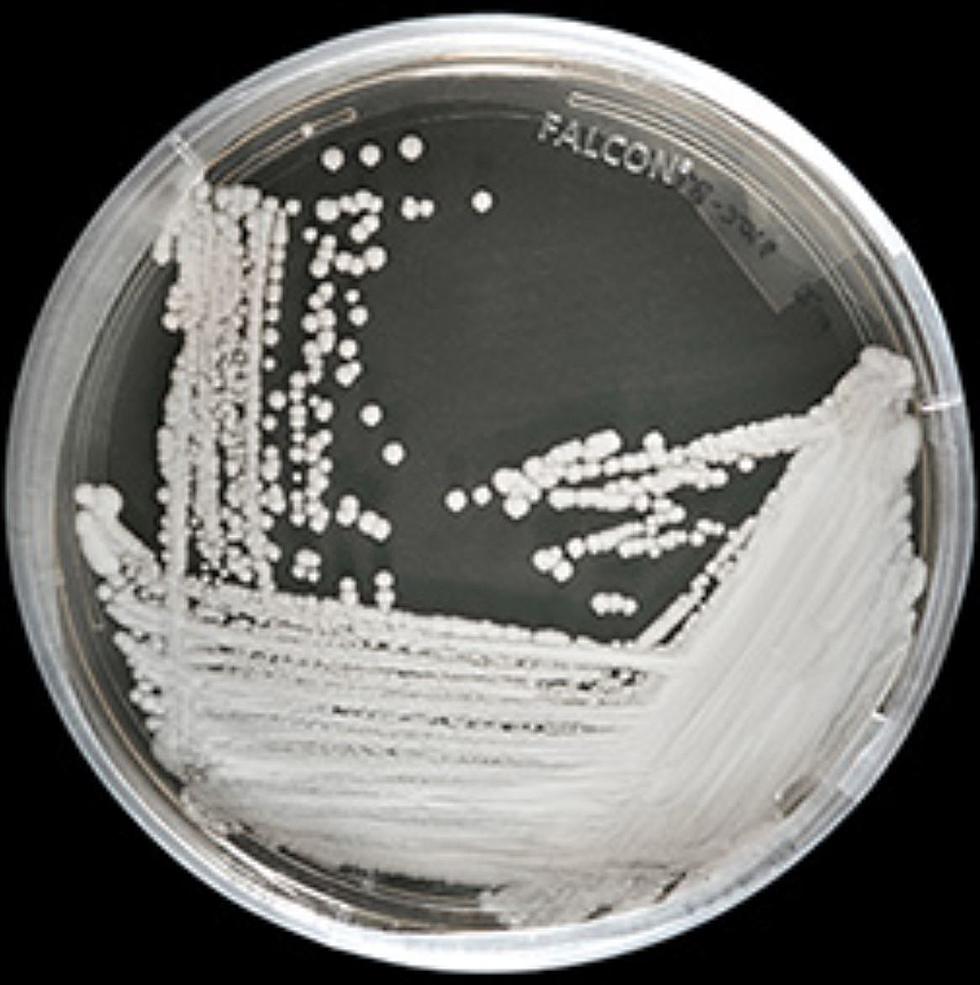
Romaine Lettuce Tied To E. Coli Outbreak – So Why No Recall?
The latest statistics are staggering. One death and 58 people sickened with five hospitalized in 13 states including New York.
It's your best interest to avoid romaine lettuce for the time being. The CDC has not issued an official romaine lettuce recall because and say they haven't identified a source of the infections:
CDC is unable to recommend whether U.S. residents should avoid a particular food. This investigation is ongoing, and more information will be released as it becomes available.
Meanwhile, The Public Health Agency of Canada has recognized romaine lettuce as the source of the outbreak in Canada and has issued the following statement:
Because of the ongoing risk in eastern Canada, the Public Health Agency of Canada is advising individuals in Ontario, Quebec, New Brunswick, Nova Scotia, and Newfoundland and Labrador to consider consuming other types of lettuce, instead of romaine lettuce, until more is known about the outbreak and the cause of contamination.
The strain of E. coli (0157:H7) making people sick in both countries are very similar and leads experts to believe it's coming from the same source. This particular strain of E. coli produces a toxin that can lead to serious illness, kidney failure, and even death.
Most E. coli are harmless and are an essential part of a healthy human intestinal tract but some strains can cause diarrhea, urinary tract infections, respiratory illness, and more. Sickening types of E. coli that can are mostly transmitted through contaminated water or food, or through contact with animals or people.
Following these guidelines from the CDC gives you the best chance of staying healthy.
Practice proper hygiene, especially good handwashing.
- Wash your hands thoroughly after using the bathroom and changing diapers.
- Wash your hands thoroughly before and after preparing or eating food.
- Wash your hands thoroughly after contact with animals or their environments (at farms, petting zoos, fairs, even your backyard).
- Wash your hands thoroughly before preparing and feeding bottles or foods to an infant or toddler.
Follow the four steps to food safety when preparing food: clean, separate, cook, and chill.
Bonus Video:
[Information from cdc.gov and consumerreports.org]
More From 96.1 The Eagle









